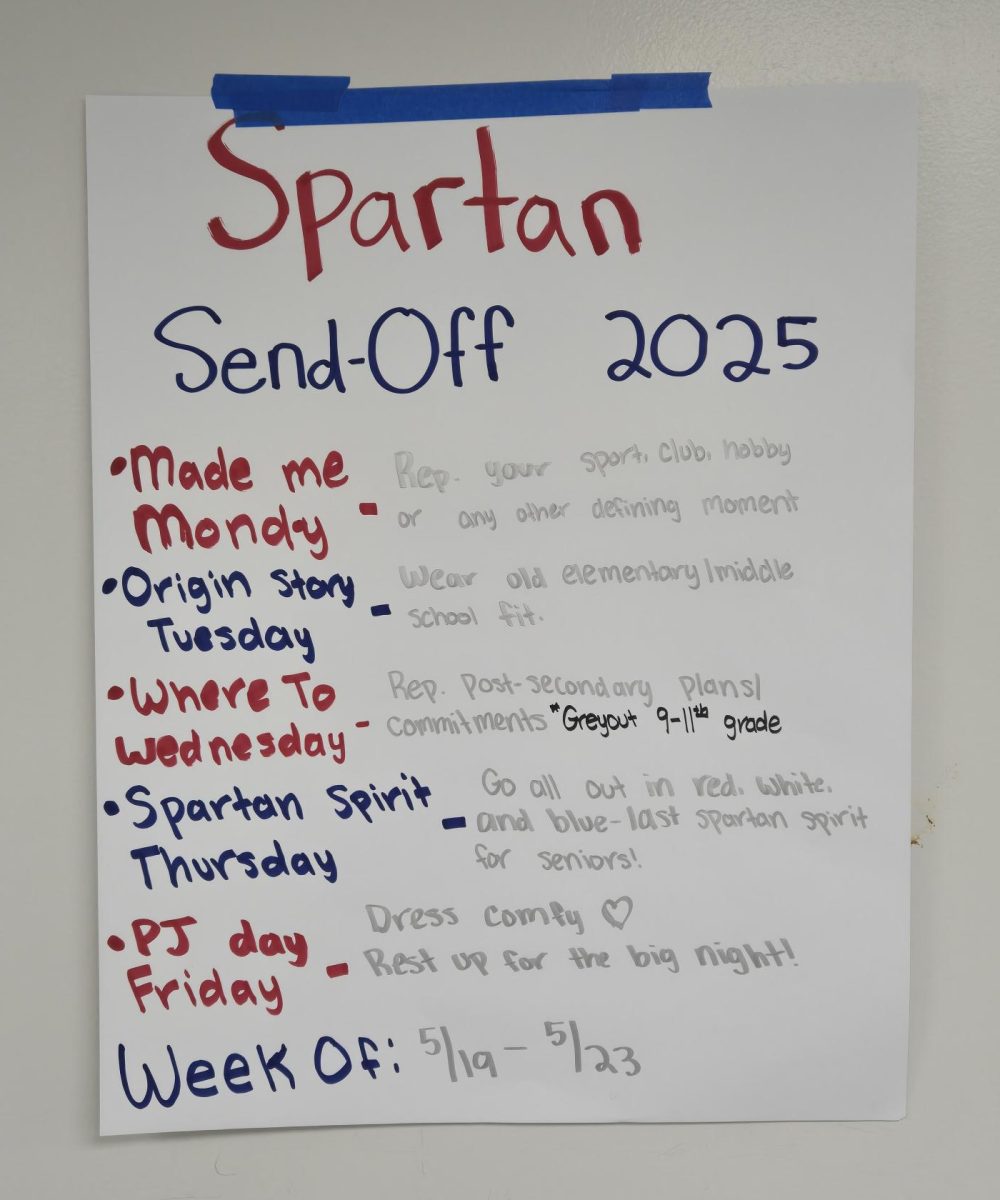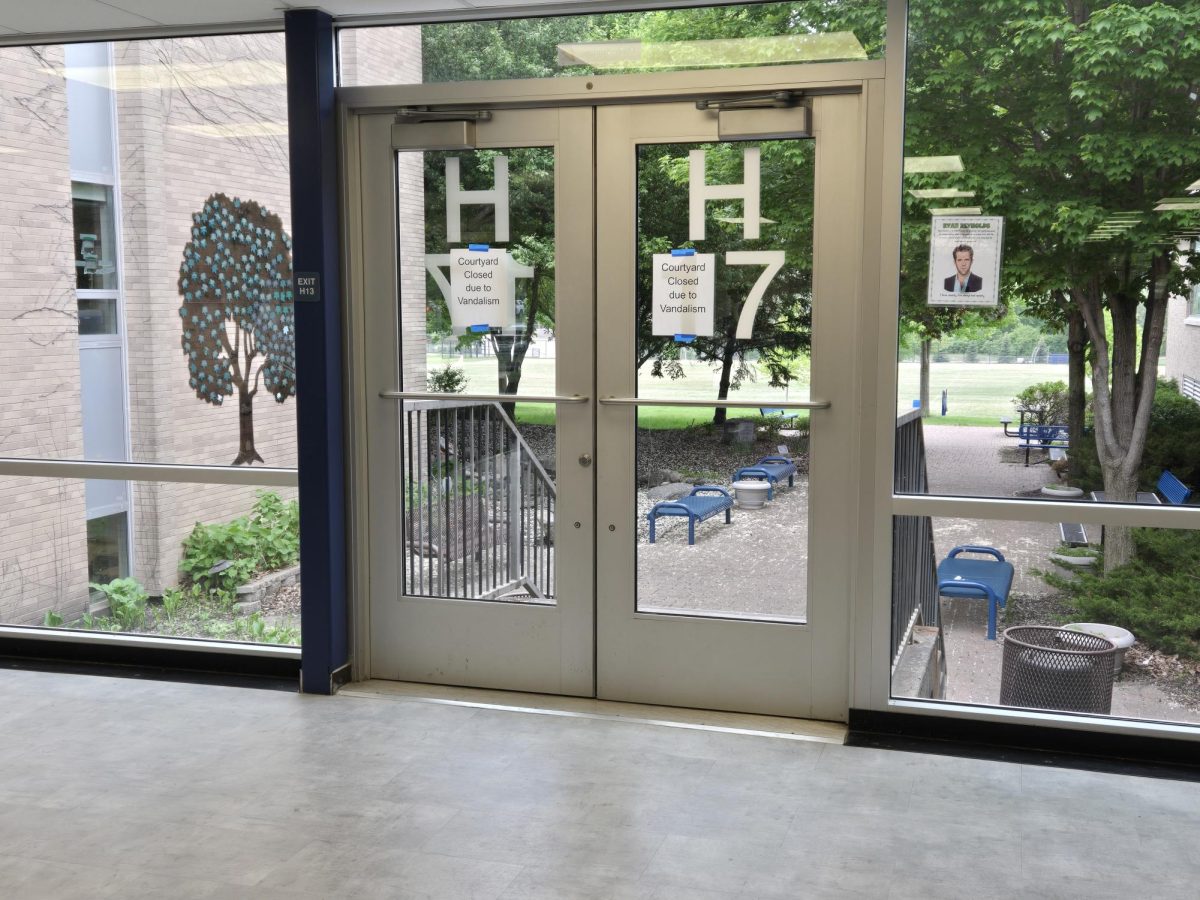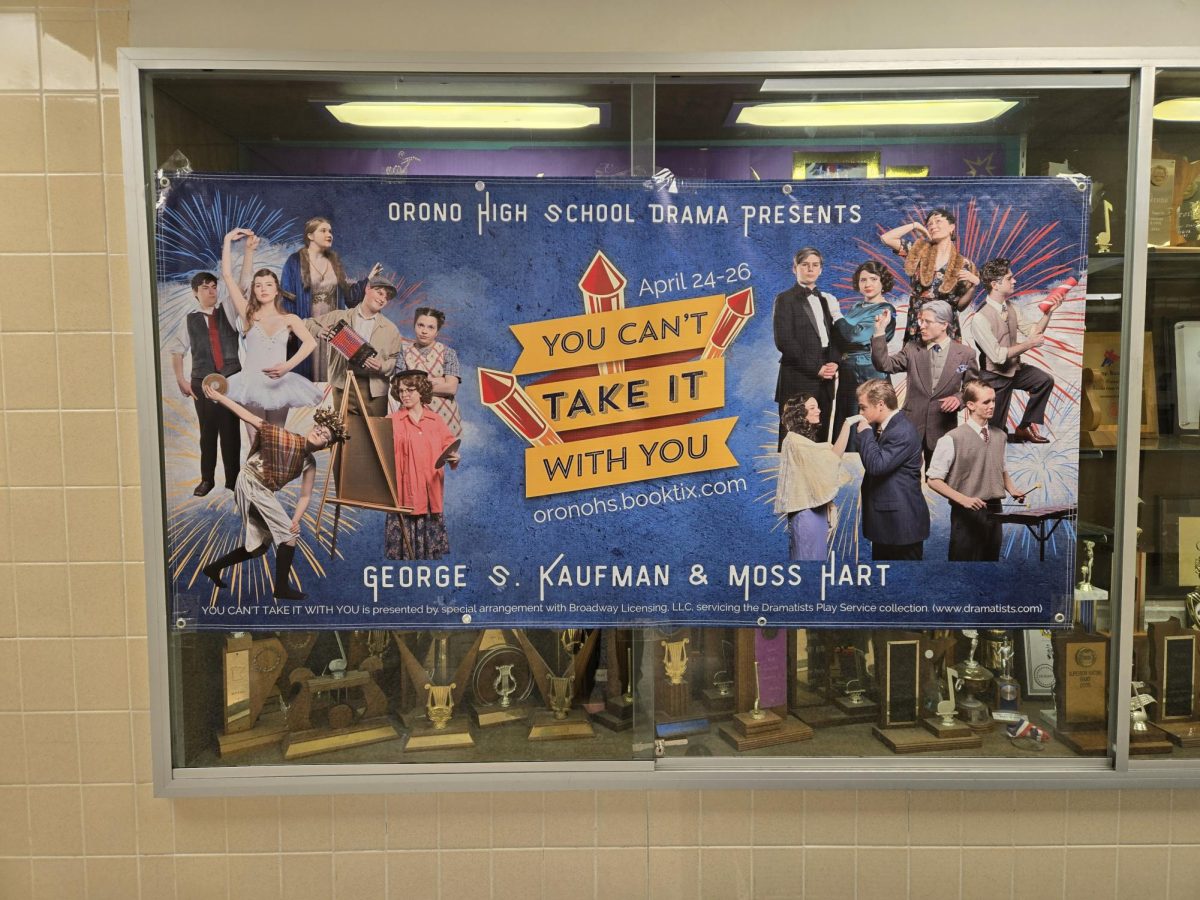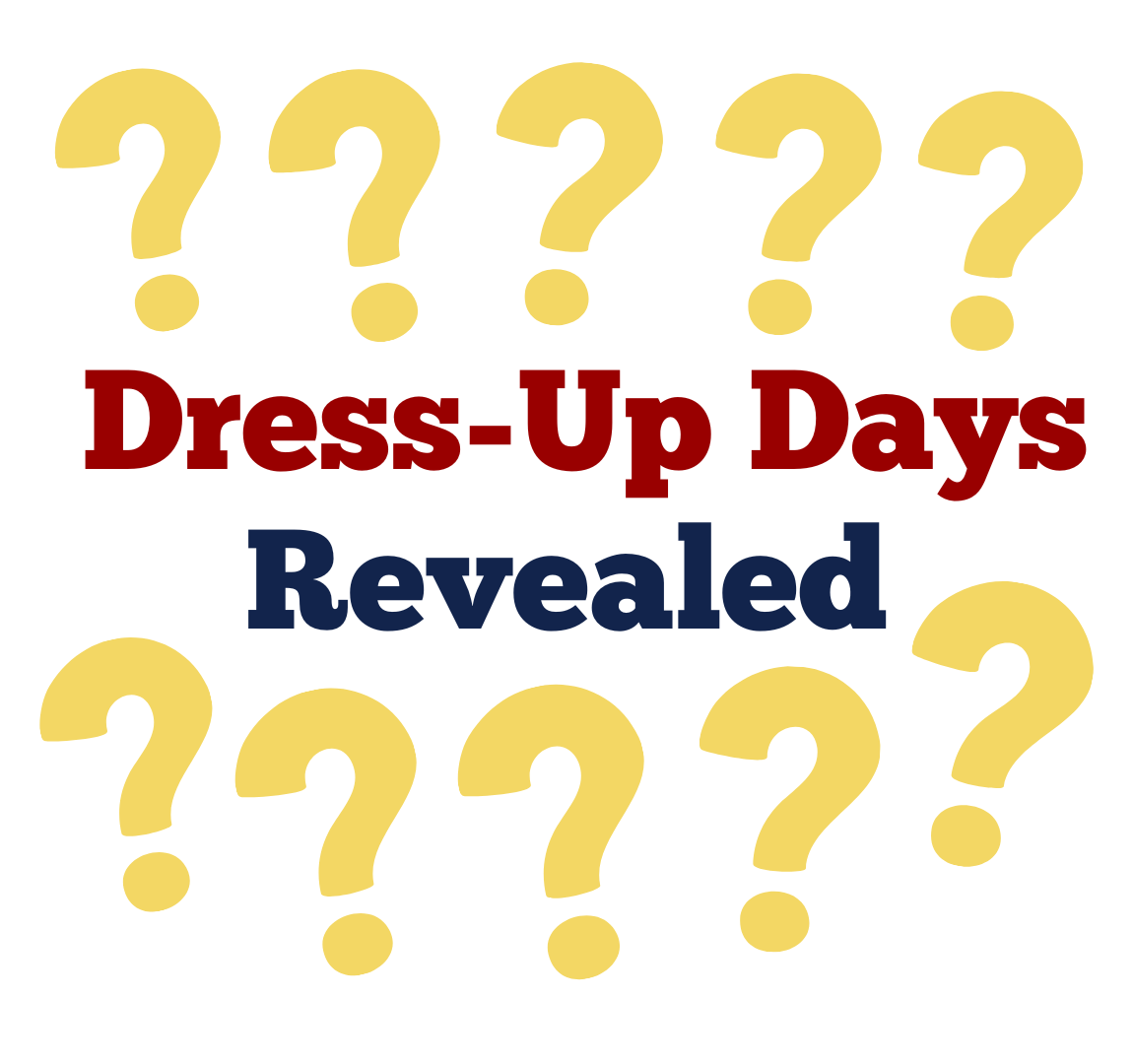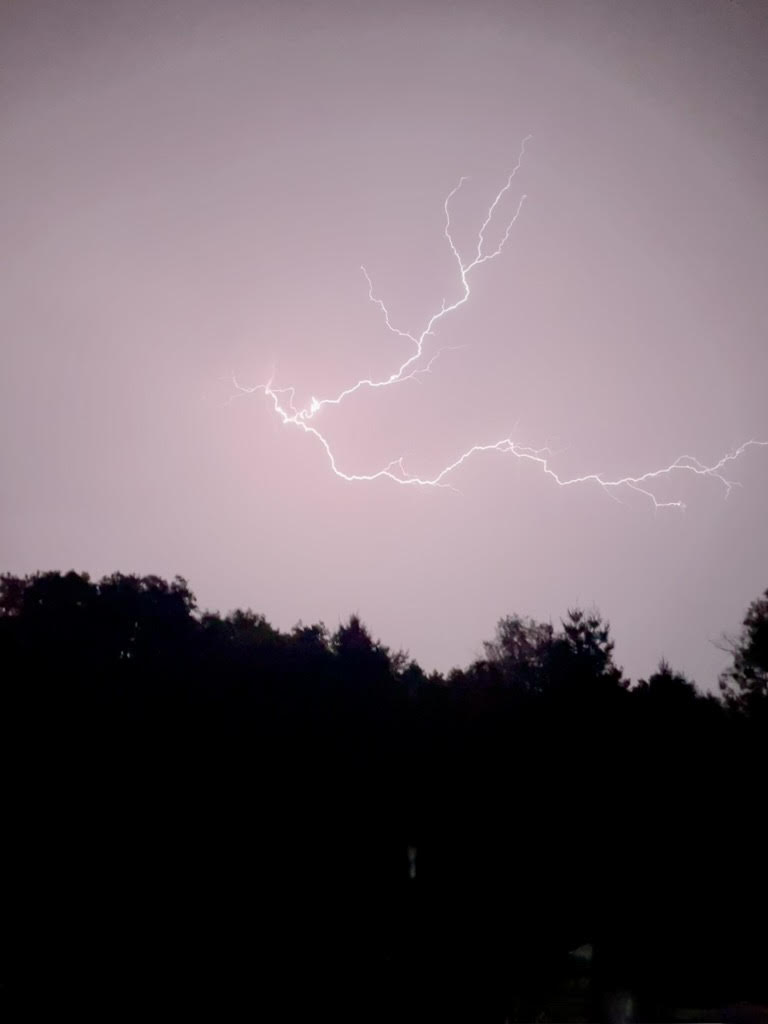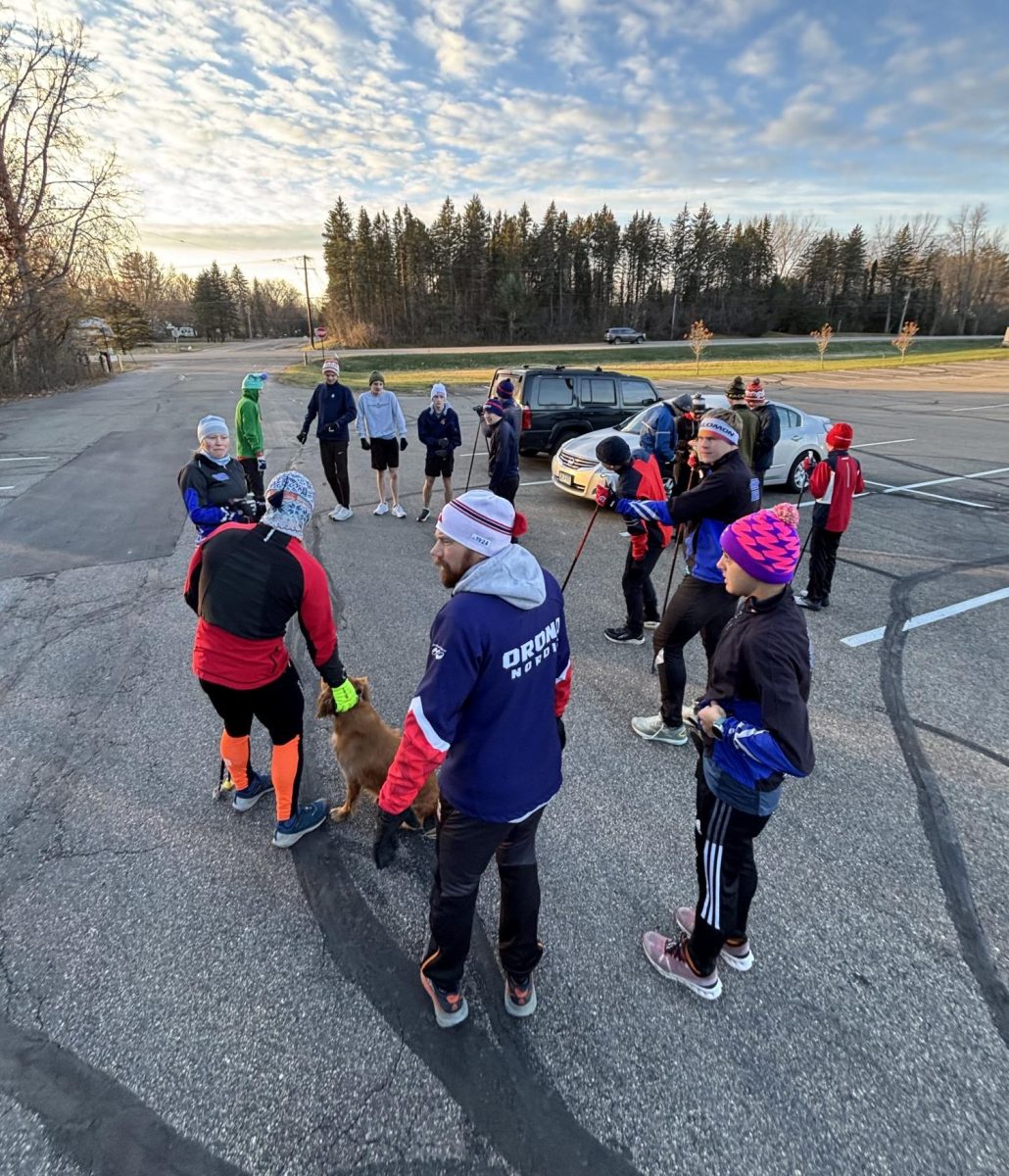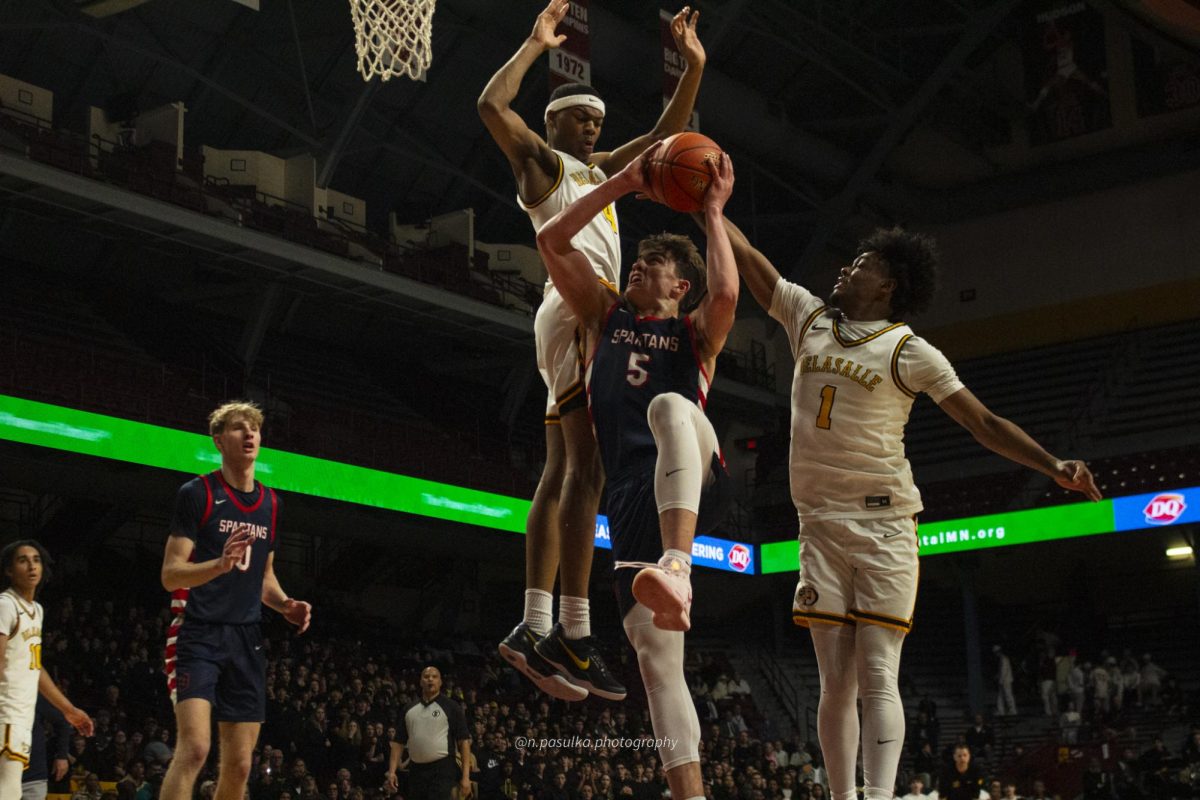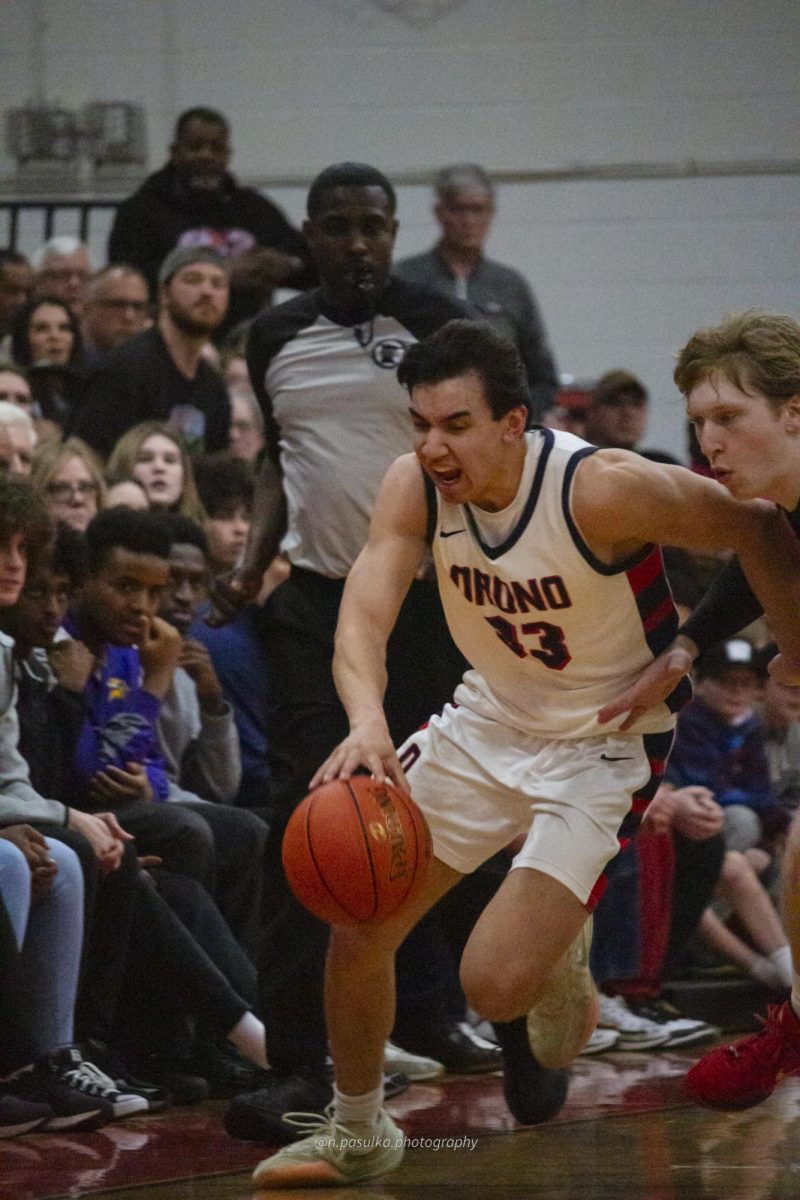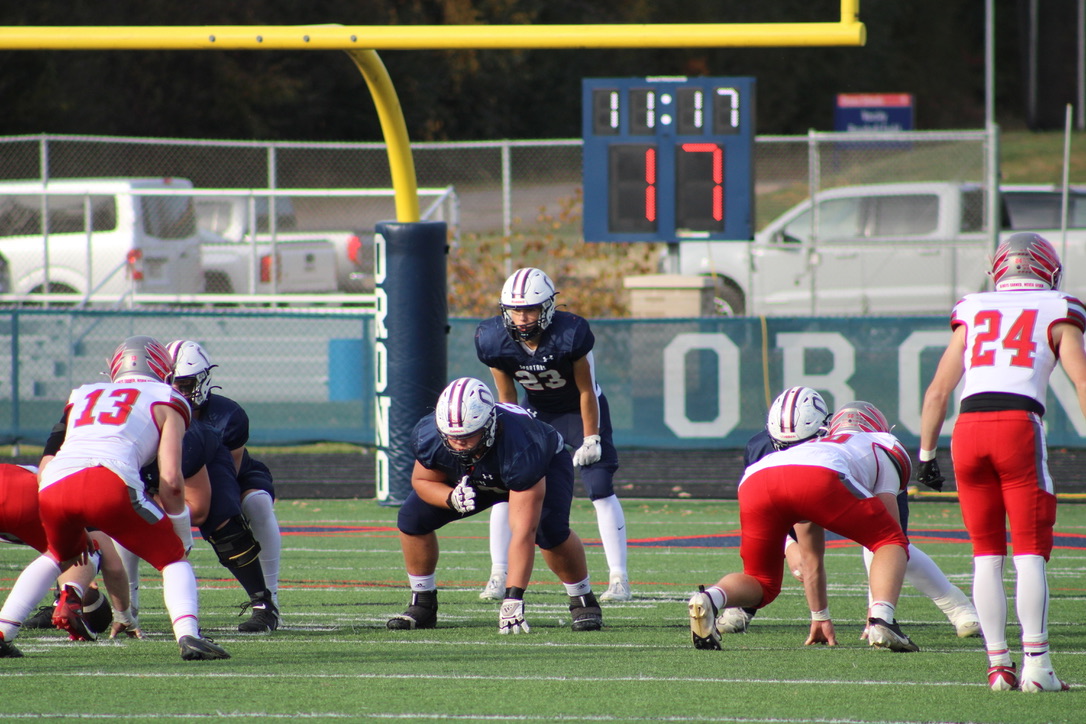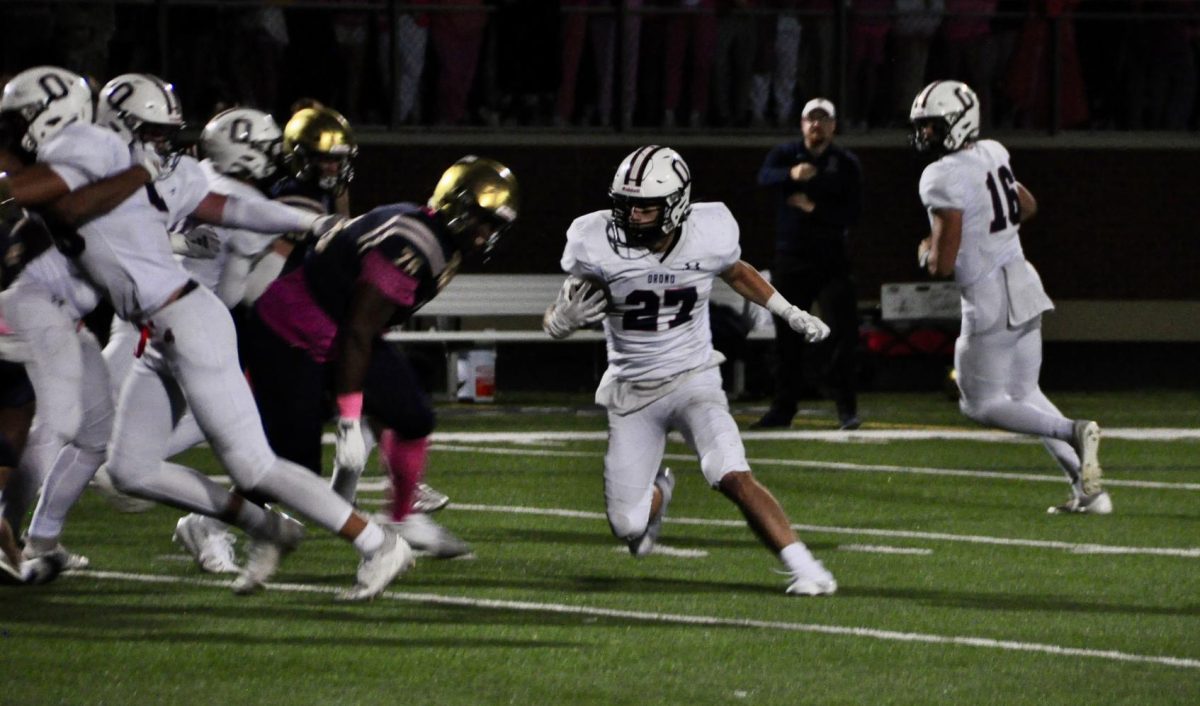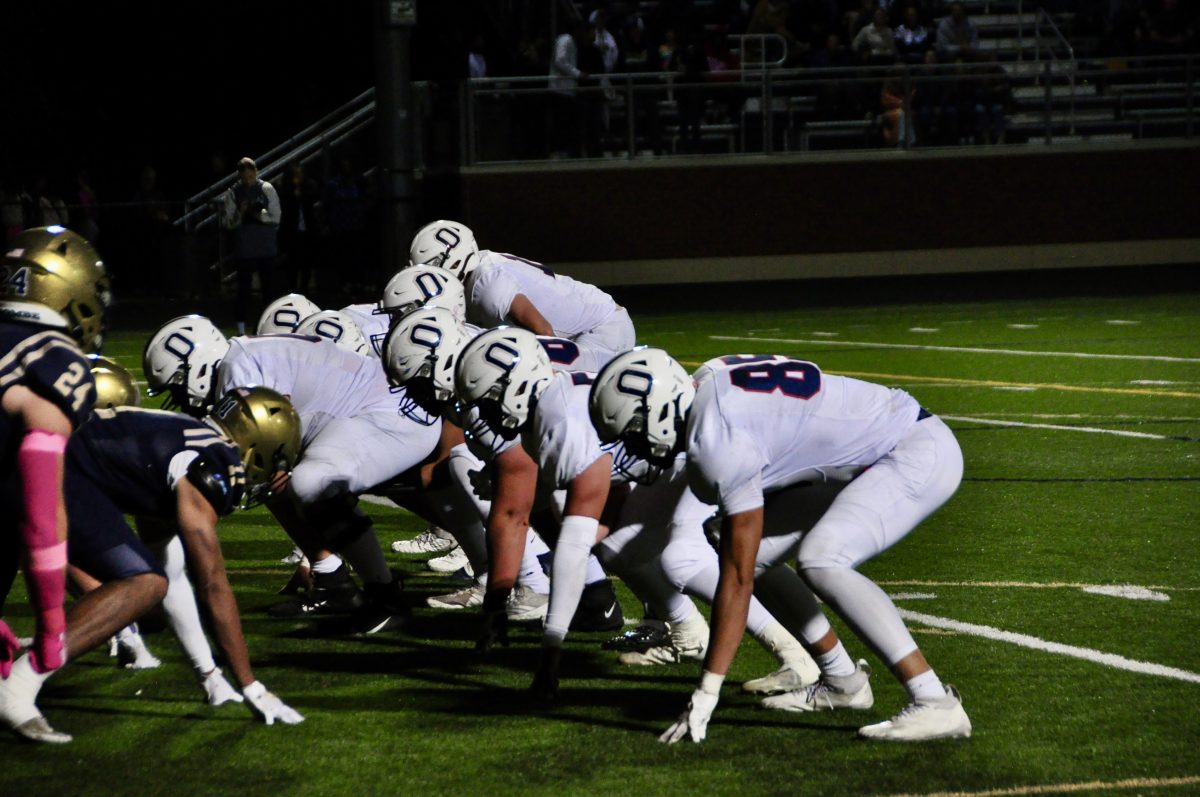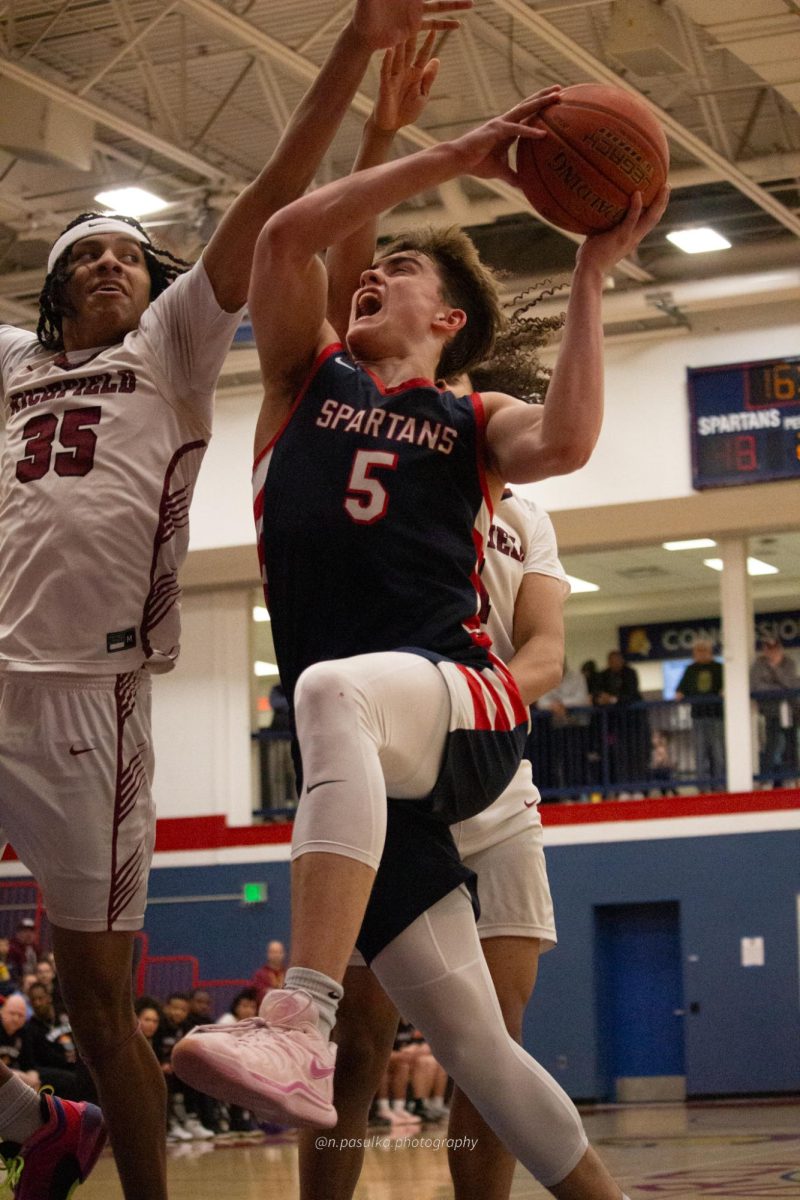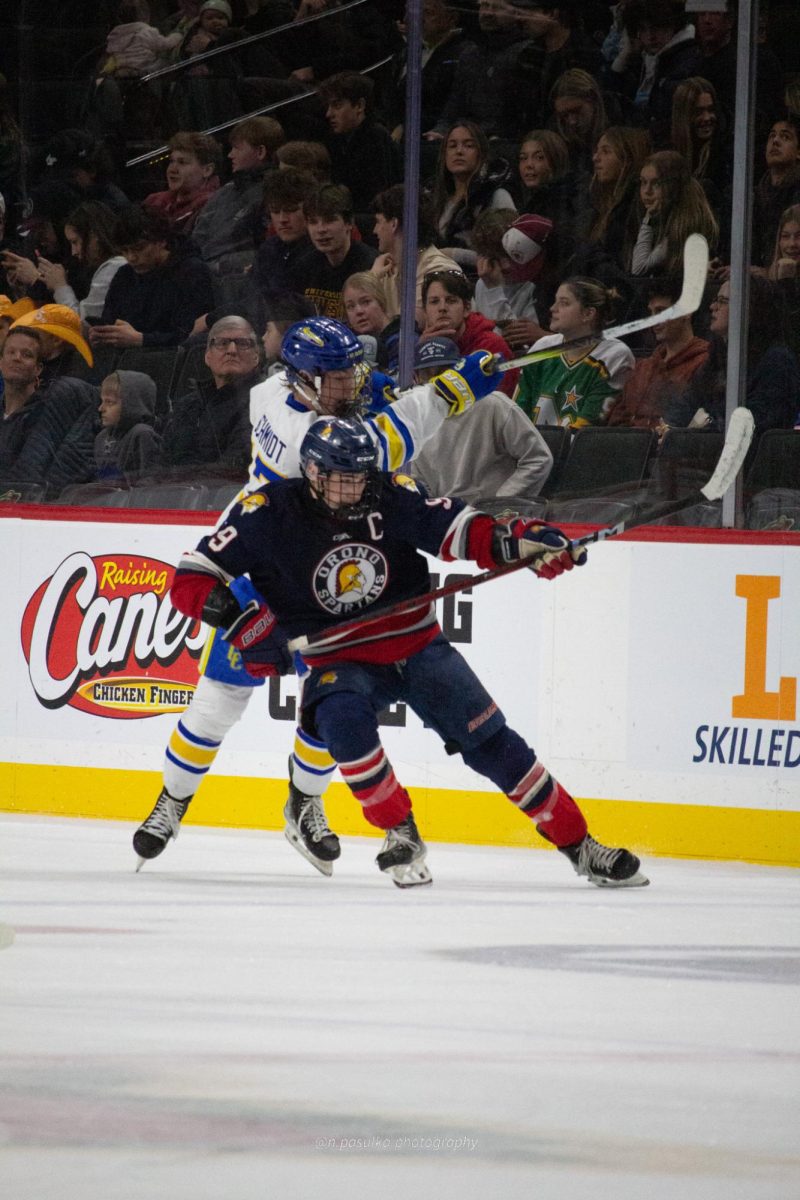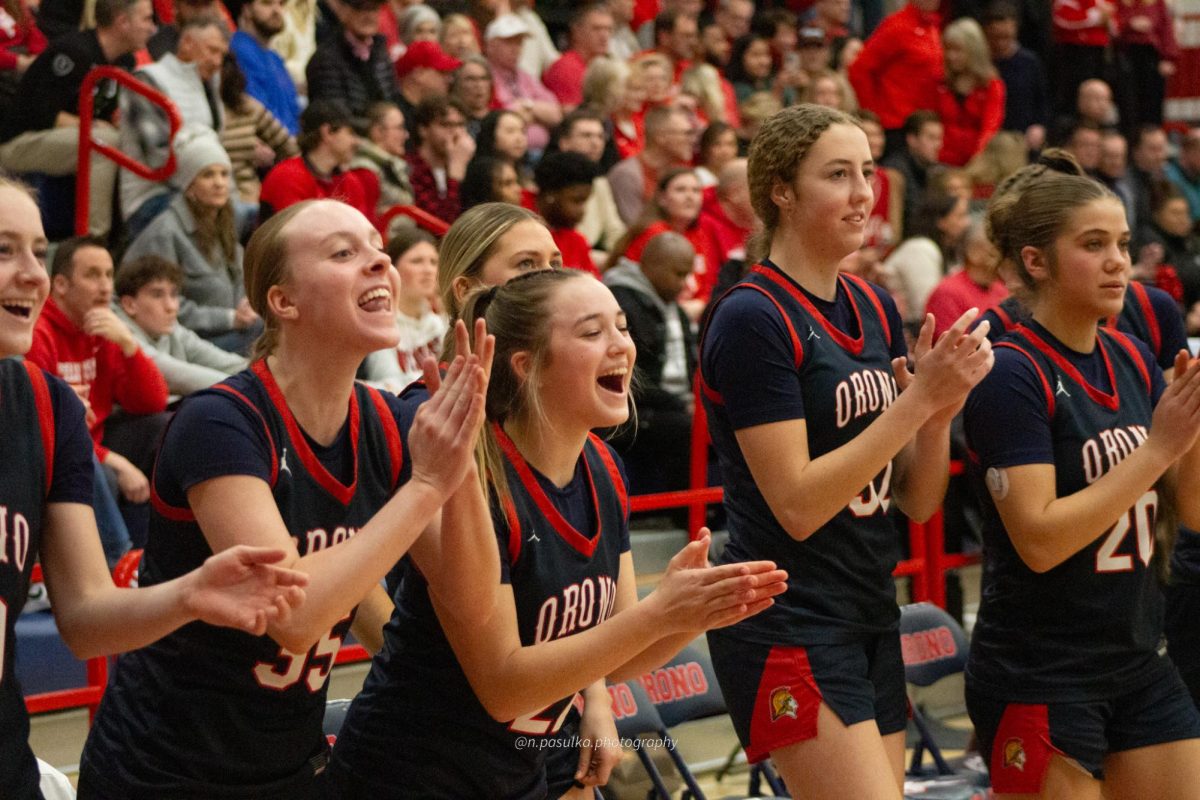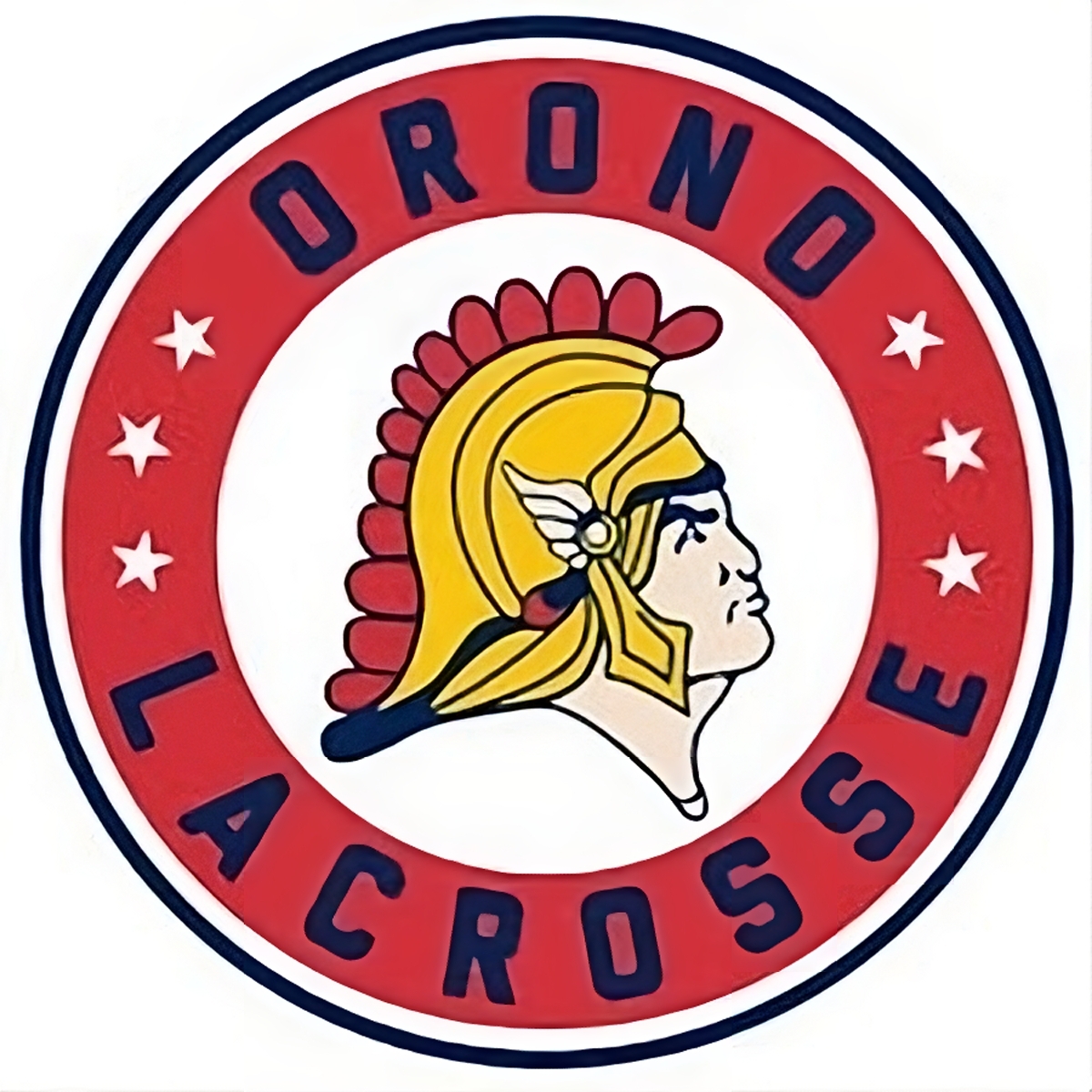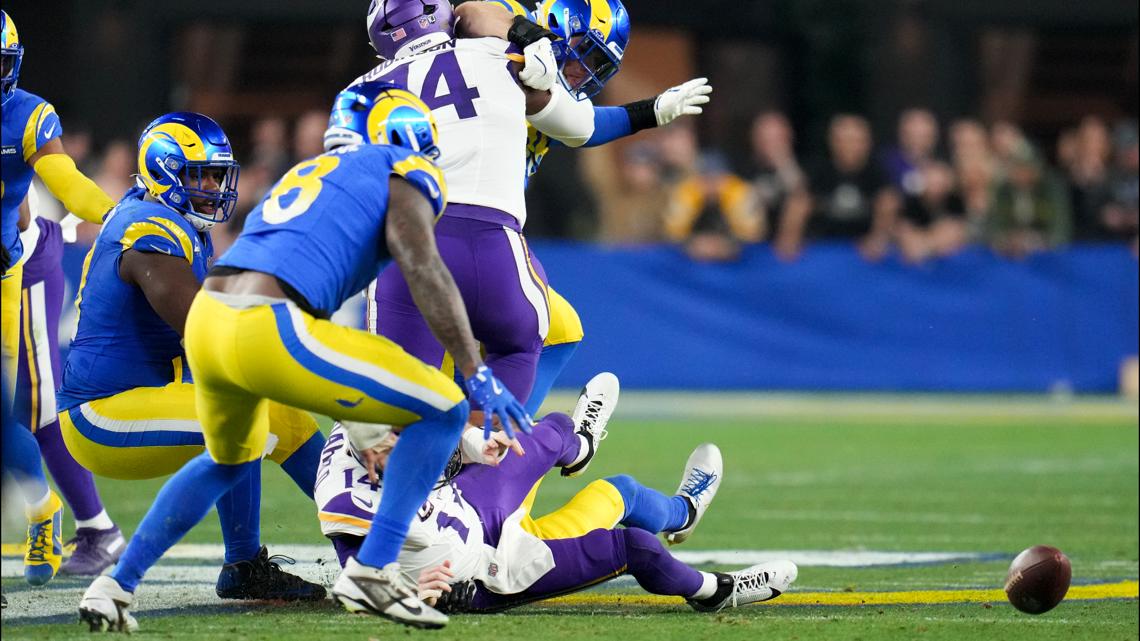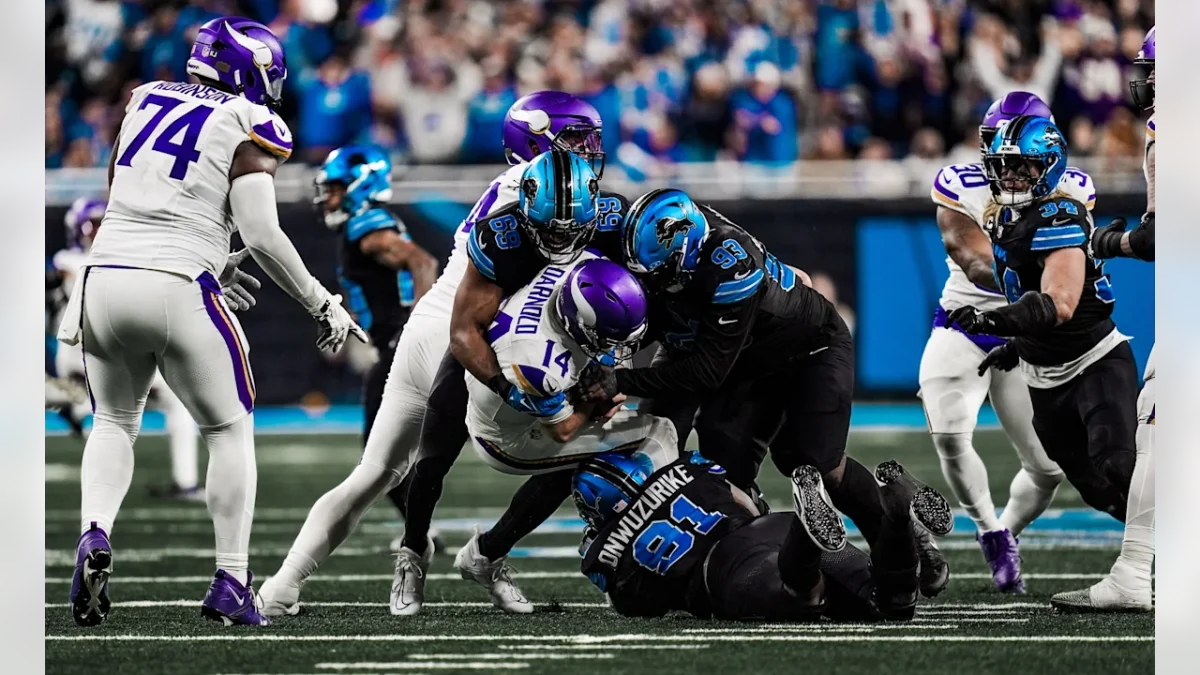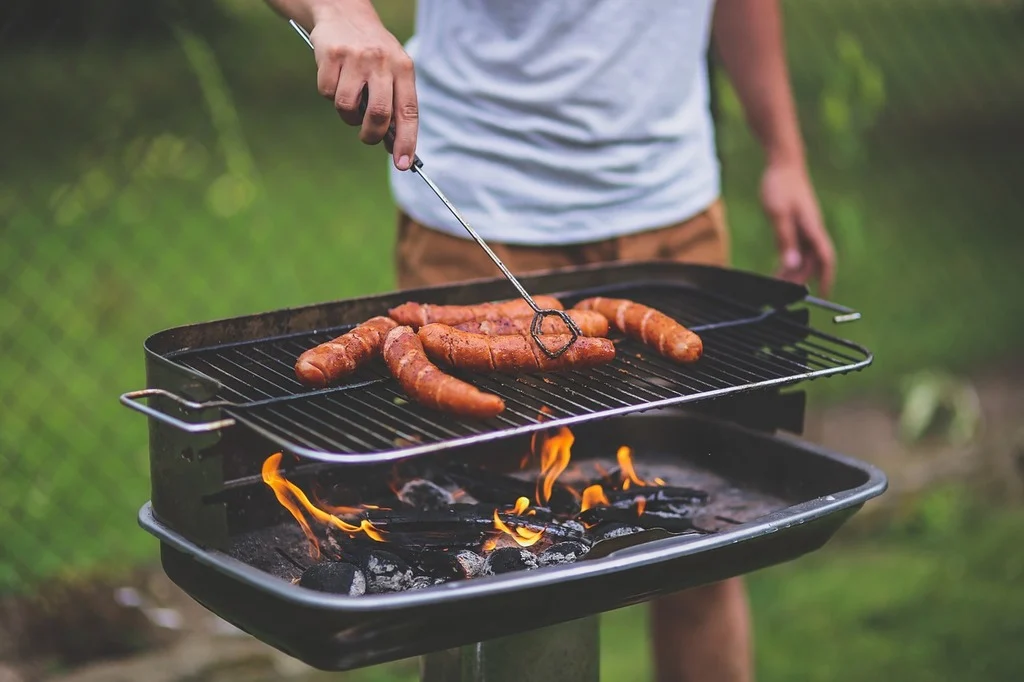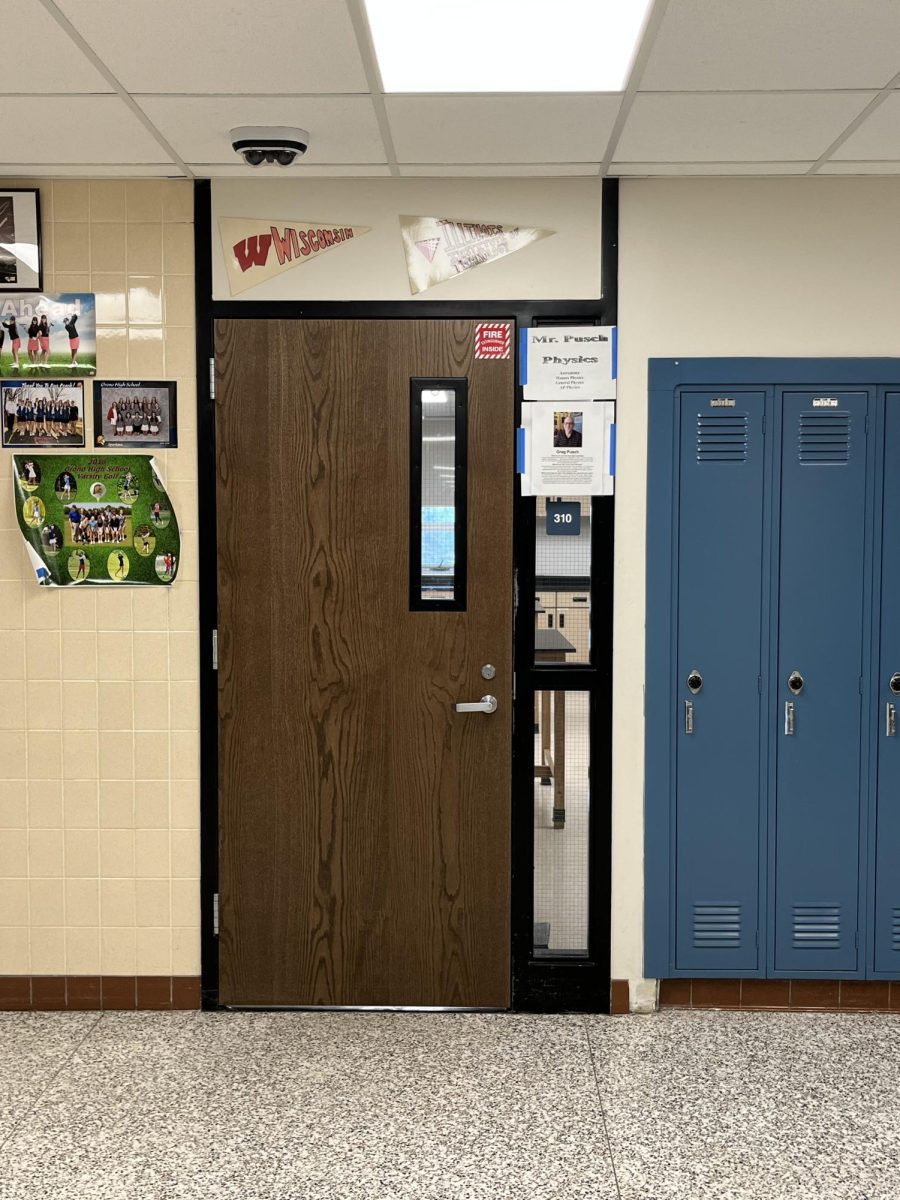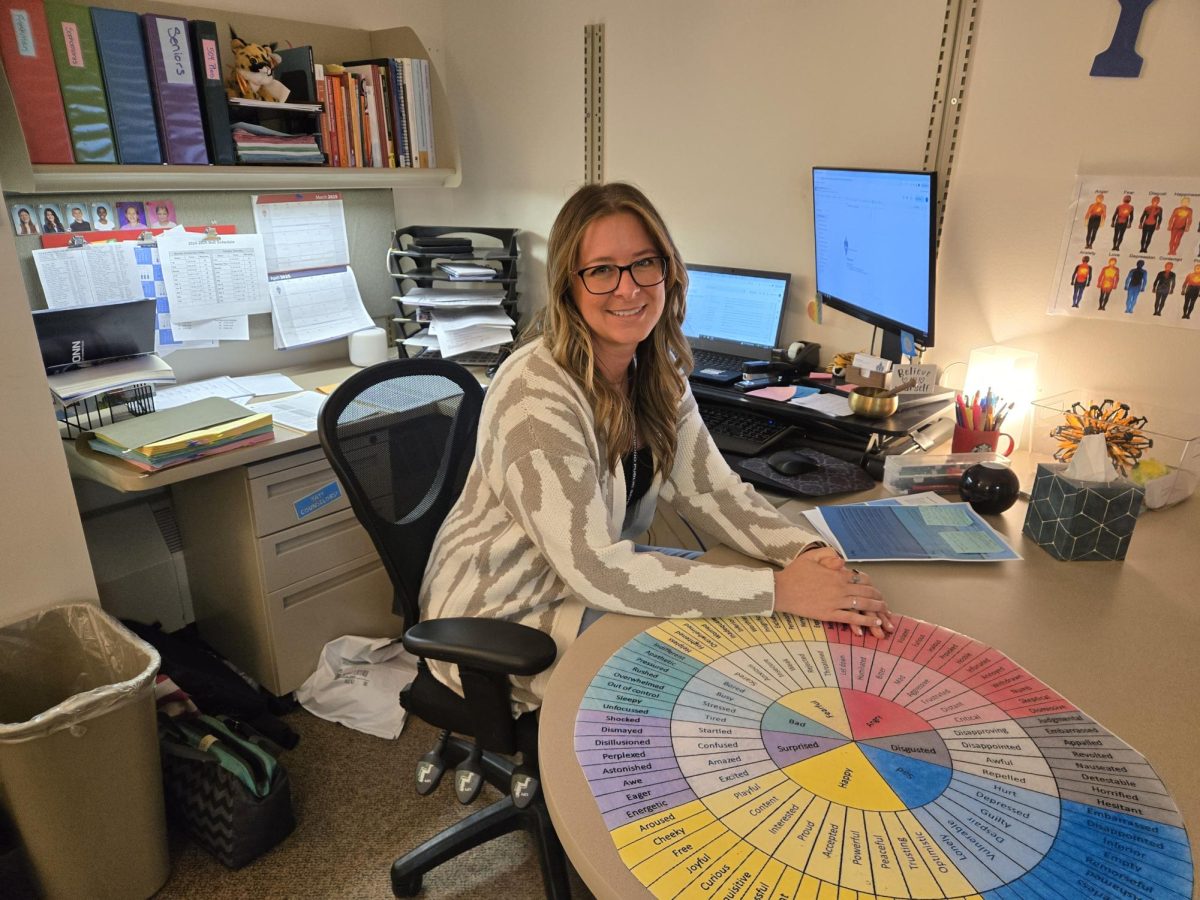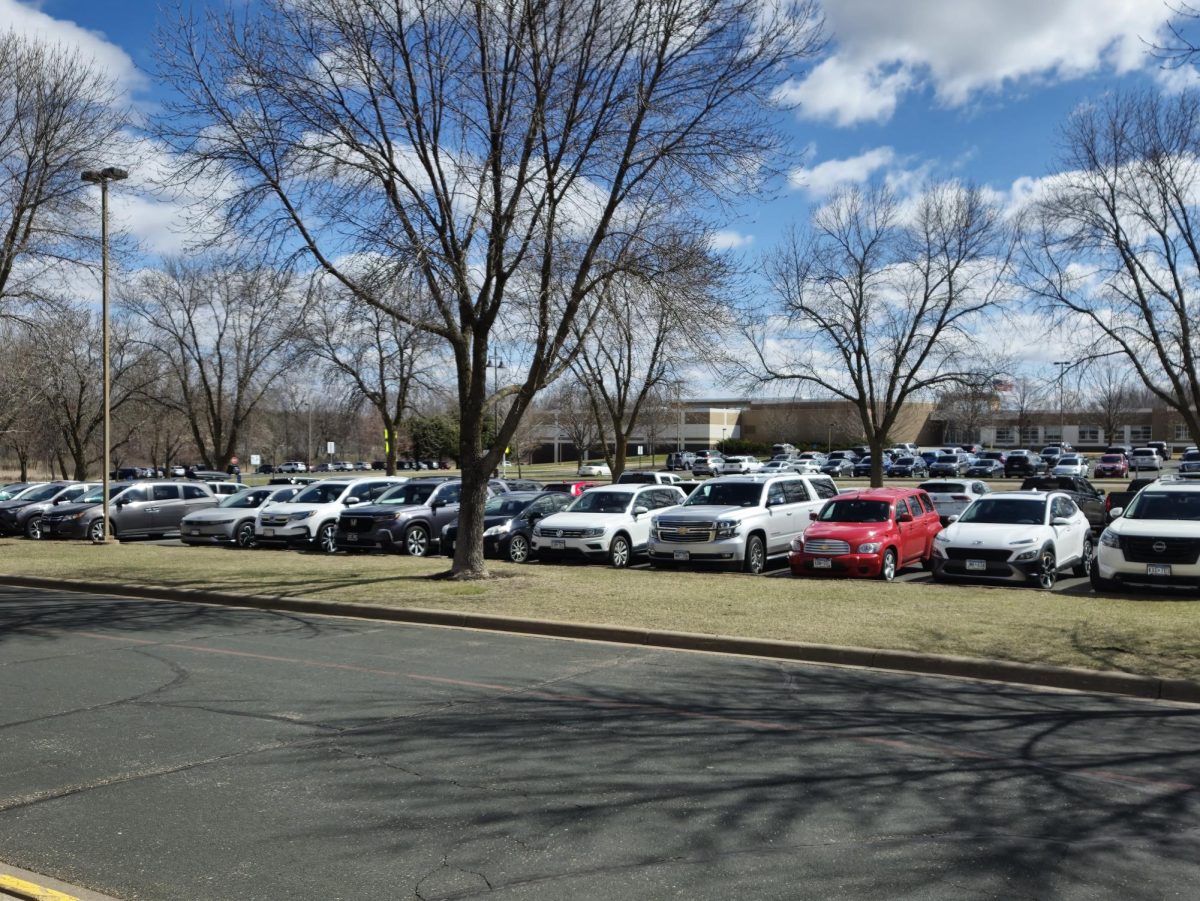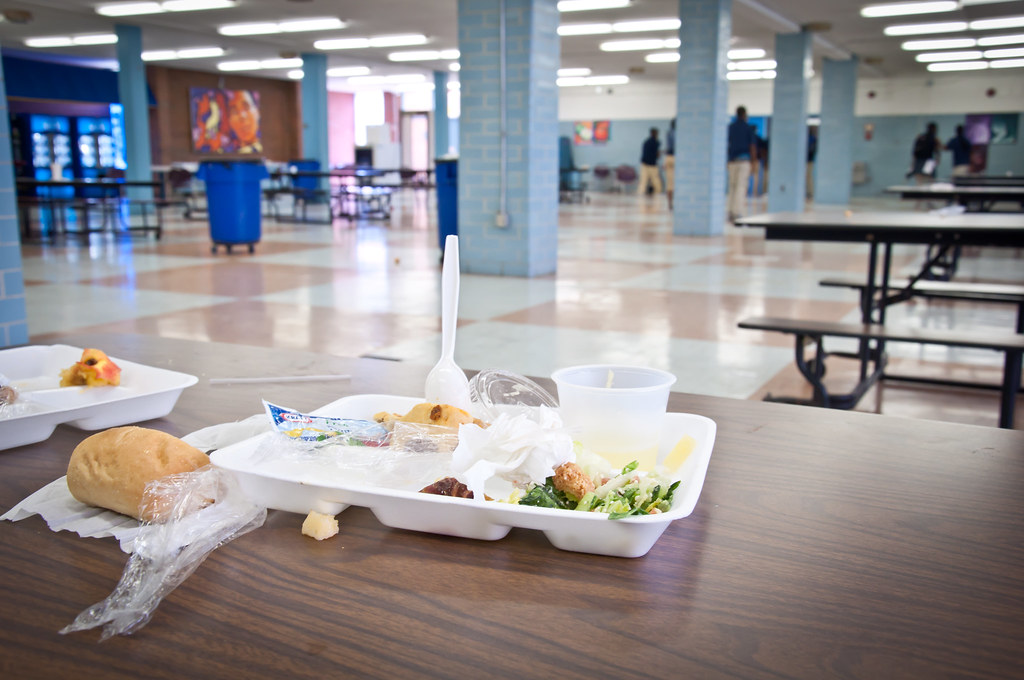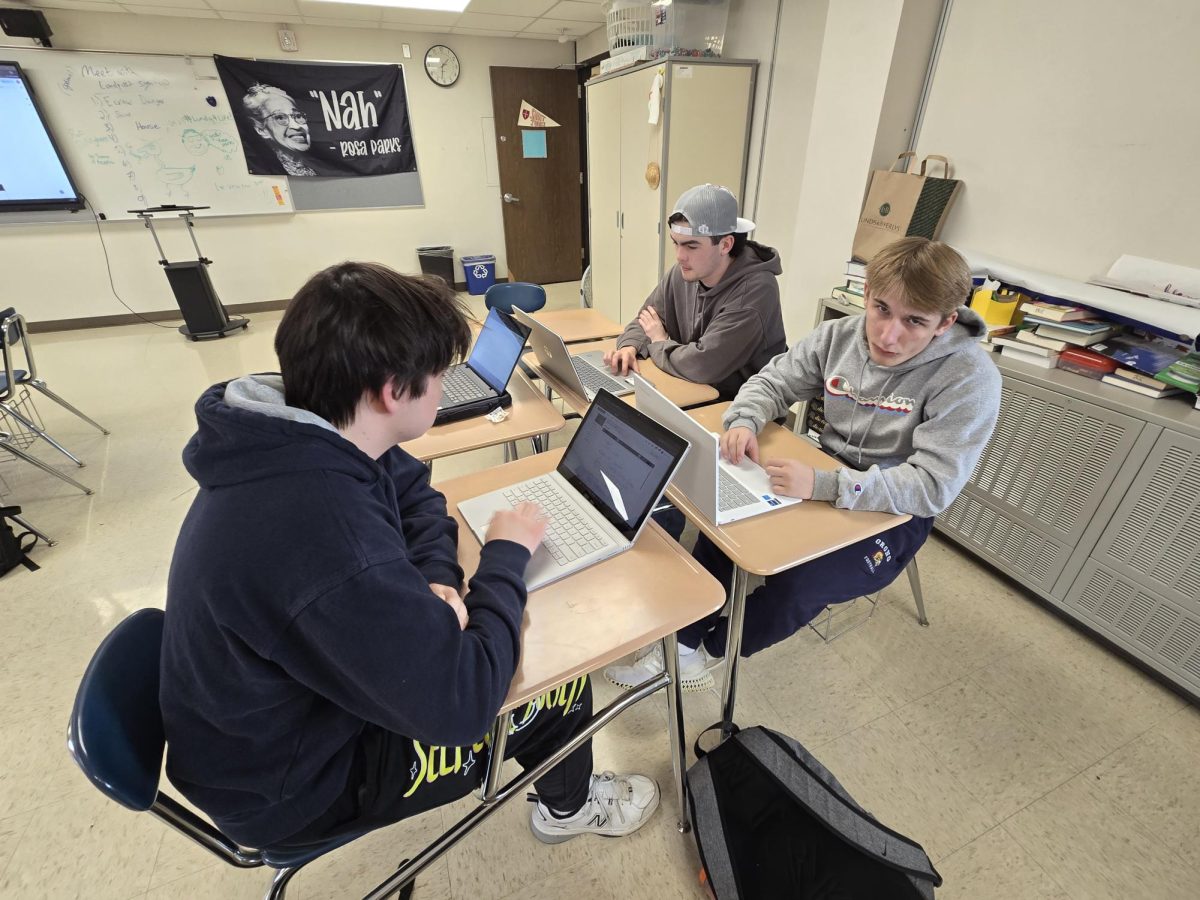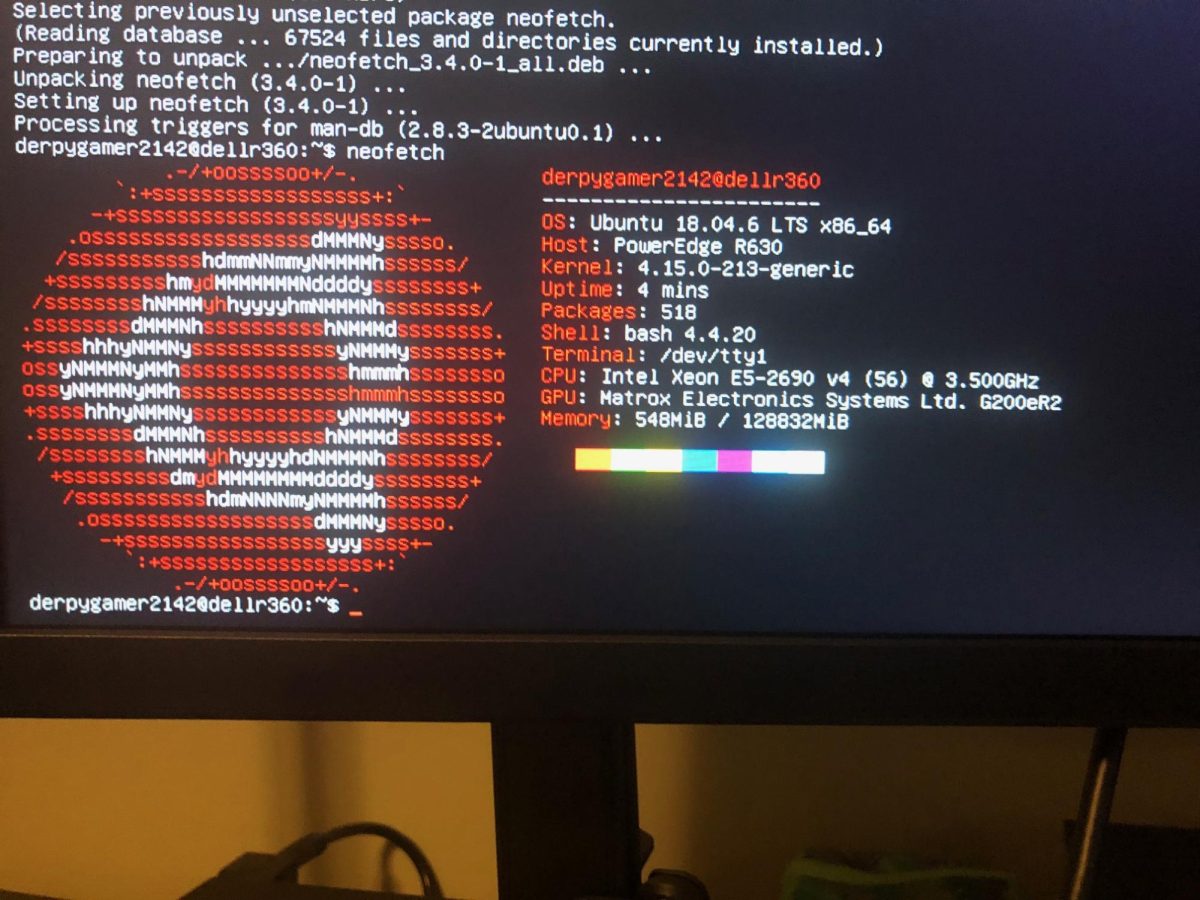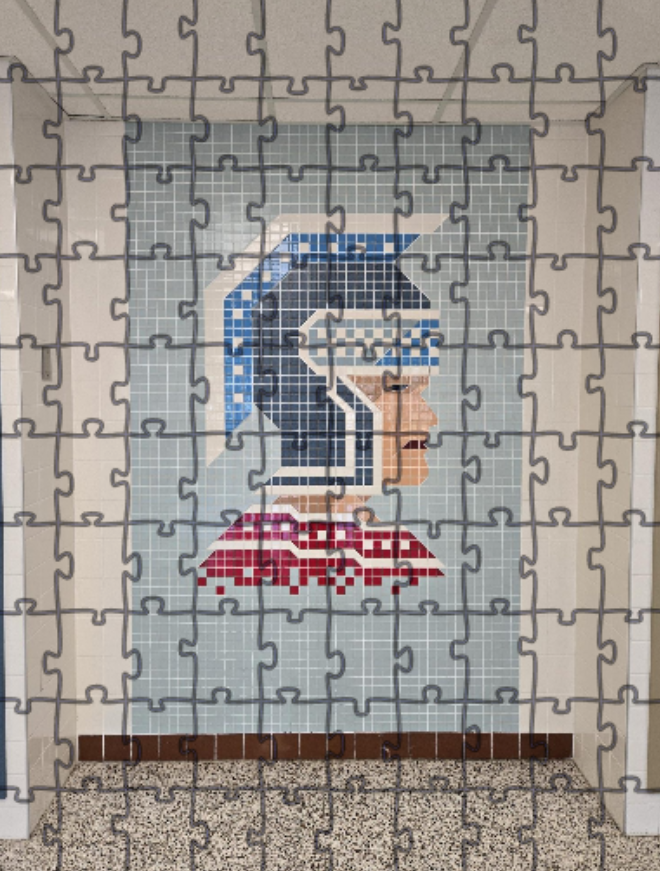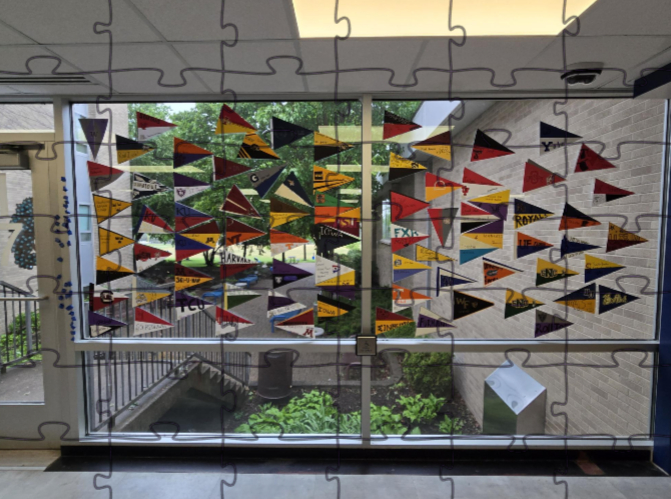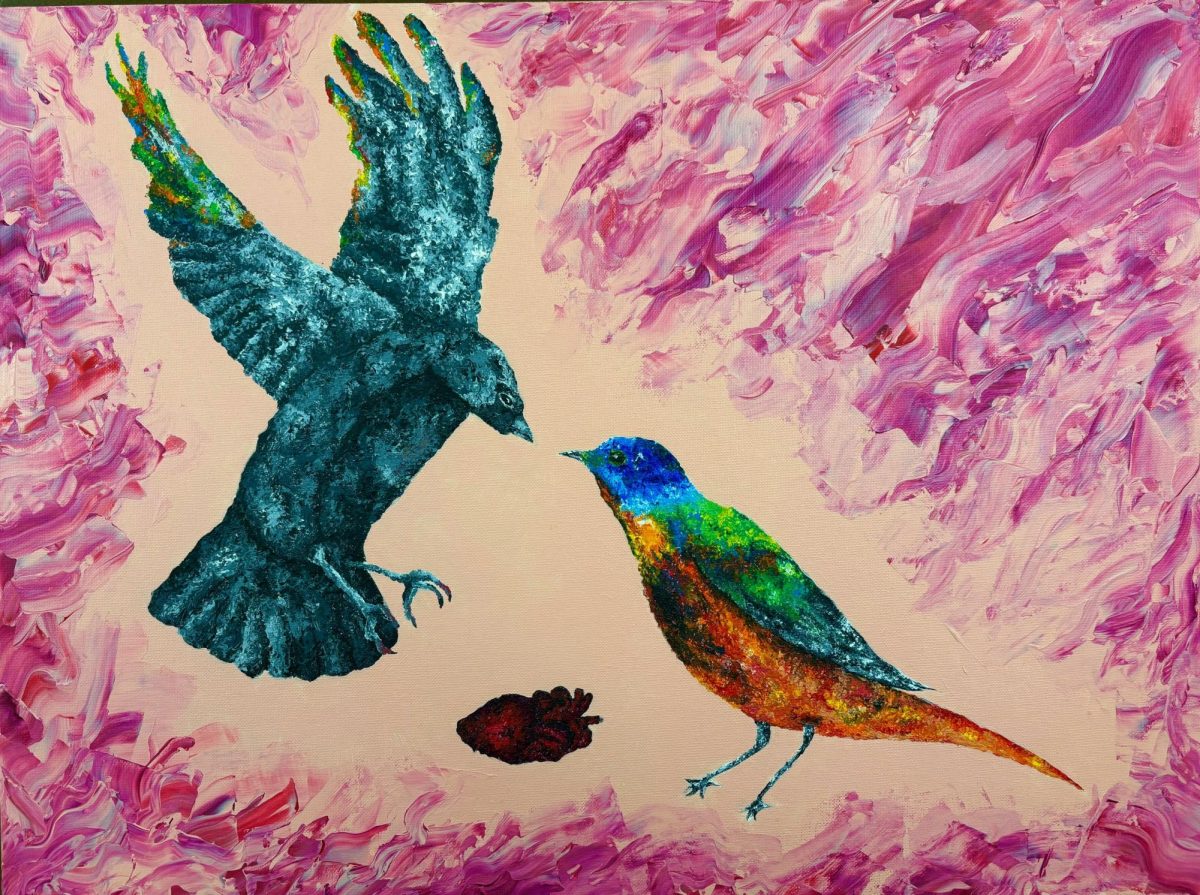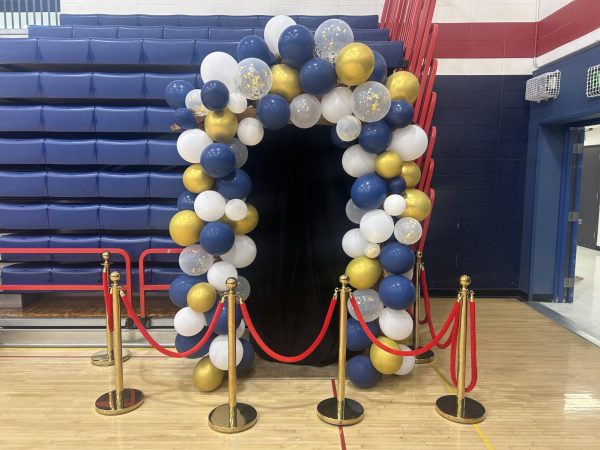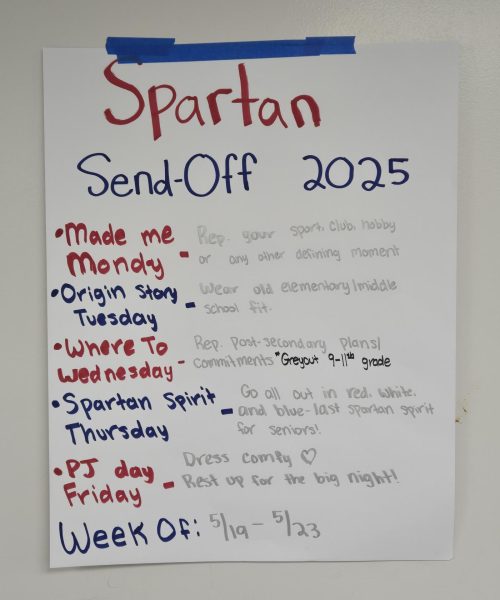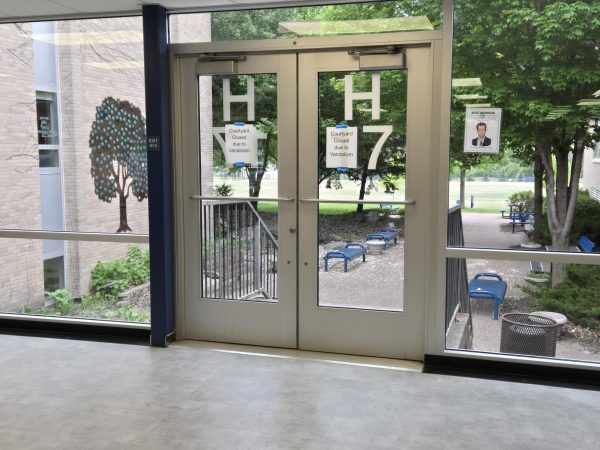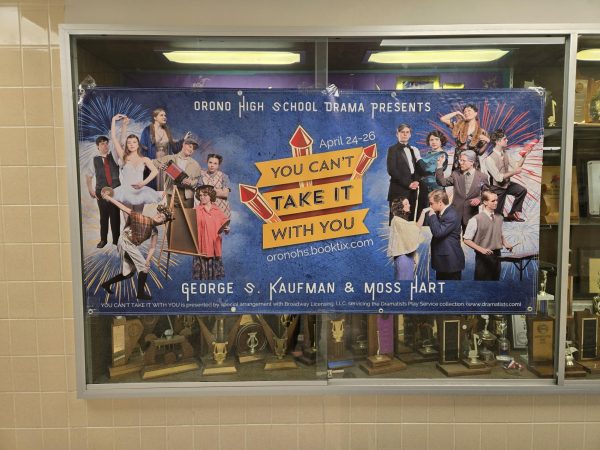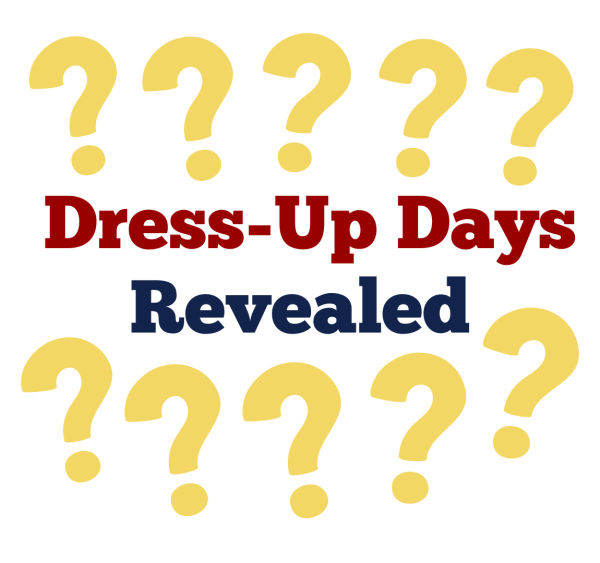Tips on assisting friends before they self-harm
Helping those in need reach a solution with comfort and care.
According to the Health and Social Care Information Centre, in one year leading up to June of 2013, there were 17,400 cases where 15 to 19 year-olds were treated for external injuries due to self-harm.
These statistics only account for those who were treated for their injuries, and Orono is certainly not an exception to these numbers.
With homework, tough tests, high expectations, and social struggles, high school can be one of the most stressful times in a person’s life. Stress can lead to many health concerns, one of those being depression.
According to the National Institute of Mental Health, 11 percent of adolescents are diagnosed with a depressive disorder by the age of 18.
Students often do not know how to cope with the struggles in life and many times use negative methods to deal with them. Unfortunately, many adolescents choose self-harm as a mechanism of coping.
According to the Mayo Clinic, self-harming can be defined as “the act of deliberately harming your own body.” This can include cutting, burning oneself, eating disorders, and more.
Kyleigh Jones* said that “[Cutting is] addictive. It becomes a habit that I can’t kick. I don’t know any other way to cope anymore because its the only thing I know now.”
Self-harm can be a result of many things. According to the Mayo Clinic, self-injury can be caused by feelings of worthlessness, loneliness, panic, anger, guilt, rejection, self-hatred, or confused sexuality.
“I stopped eating and made myself throw-up because I had a really controlling boyfriend, and I never felt like I was good enough,” Melissa Smith* said.
But the question still remains on how to help these students, especially when they may be a close friend or a loved one.
Smith said that it’s important to have “someone that actually cares. Not just finding out to get in my business. When helping someone, don’t try to make them stop or force them to stop, just be there for them when they need you.”
OHS offers different methods of help when it comes to these types of situations.
According to Principal Dave Benson, associate principal Caryn Boyd, OHS counselors, and Benson, himself, meet to discuss what to do about students who may be suffering due to personal injury. They make decisions on how to help based on the specific student and the case at hand.
As far as helping your own friends, “there are steps to take that can help address the issue and ultimately work towards a solution,” Benson said.
Step one: Set up a time outside of school to have a face-to-face conversation with your friend.
Step two: Address the issue and express genuine concern and care.
Step three: Ask how you can help your friend and try to come up with a helpful solution.
Step four: If positive results do not occur, then it is important to go to an adult that you trust and tell them about the situation.
“If I would’ve seen the hurt that other people were feeling due to my pain, then I would’ve been more likely to stop [cutting],” Jones said.
It is important to check in with the friend regularly and comfort them throughout this process. Being there for them is a very important aspect in helping them reach a solution.
*Pseudonyms were used to preserve students’ anonymity.


